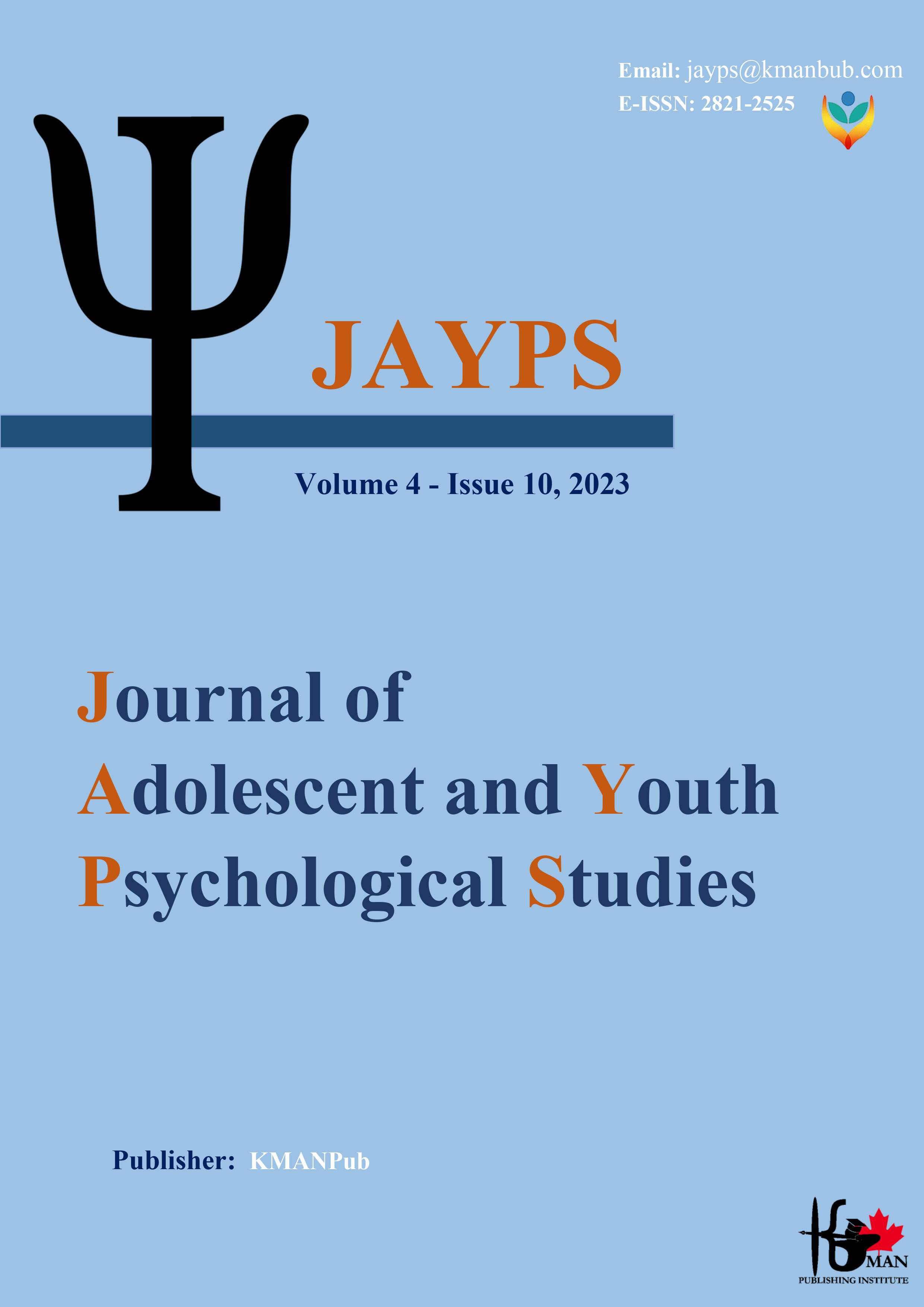The structural model of teachers' empowerment indicators with an emphasis on the theory of cognitive flexibility in the first secondary school of Mazandaran province schools
Keywords:
curriculum model, cognitive flexibility, empowerment, teachers.Abstract
Background and Aim: Since the decisions related to the curriculum field, including curriculum engineering, are directly related to the curriculum, it is of great importance to empower and improve the knowledge of ordinary and special education teachers through educational planning. The current research was carried out with the aim of designing a curriculum model based on teacher empowerment with emphasis on the cognitive flexibility theory of the first secondary school in Mazandaran province in 2019. Methods: The current research is applied in terms of purpose, which was done with a mixed exploratory approach, with an exploratory design. Delphi method was used in the qualitative approach and descriptive survey method was used in the quantitative approach. The statistical population of this research in the qualitative part includes 15 professors and experts of Islamic Azad University based on the purposeful sampling method and in the quantitative part it includes teachers working in the first secondary schools of Mazandaran province in the number of 5149 people, of which 358 people are determined based on the Cochran formula became The tools used were the researcher-made questionnaire of the teacher empowerment curriculum with a cognitive flexibility approach with 62 indicators. The validity and reliability of the research tool was confirmed. Data analysis was done by confirmatory factor analysis using 21SPSS and SMARTPLS3 software. Results: The results showed that there are 15 indicators in the dimension of the goals of the teacher empowerment curriculum with the cognitive flexibility approach, 10 indicators in the content dimension of the teacher empowerment curriculum, and 9 indicators in the dimension of teaching-learning methods of the teacher empowerment curriculum. And in the dimension of teacher empowerment curriculum evaluation, 9 indicators were identified and confirmed. The overall fit of the research model was confirmed using the GOF index calculated at 0.54. Conclusion: It can be concluded that the structural model of teachers' ability indicators with emphasis on the theory of cognitive flexibility in the first secondary school of Mazandaran province has a good fit.
Downloads
Downloads
Additional Files
Published
Issue
Section
License

This work is licensed under a Creative Commons Attribution-NonCommercial 4.0 International License.









